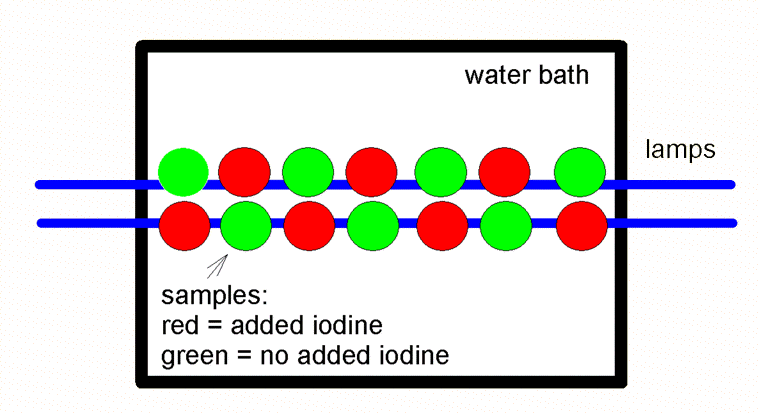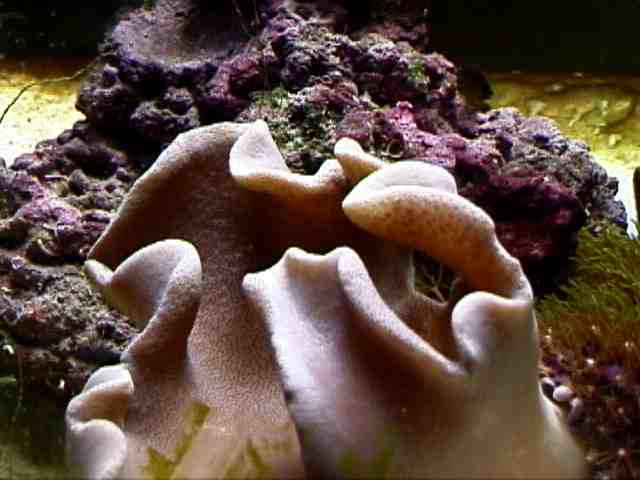This is very interesting. Has the same experiment been done with soft corals?Here's how I did the iodine/macroalgae study I mentioned to see how one might do something similar:

Chemistry And The Aquarium: Iodine In Reef Tanks 2: Effects On Macroalgae Growth
Randy discusses how iodine affects iodine growth in his aquarium.reefs.com
and here's how I tested the impact of aluminum on corals at different aluminum concentrations:

Chemistry And The Aquarium: Aluminum In The Reef Aquarium
In this article I will give some details of aluminum in natural seawater, and will discuss the sparse literature on the toxicity of aluminum ions to marine organisms.reefs.com
Also how did you test aluminum levels in the second experiment? This gave me the idea of looking at the affects of microplastics on coral growth, but I don't know of a way of measuring the microplastic concentration















